As a longtime Pentax shooter, I stumbled across the diminutive Pentax Auto 110 by accident. The amateur-friendly SLR is an engineering marvel. Part of what I enjoy about it is manual focusing. This camera has a simple, split-screen focusing patch without a microprism ring. It somehow defies logic that I can see better than most 35 mm SLRs shooting with a camera half the size.
The Auto 110 is like using the Pentax ME Super in auto mode, but in some way more fun. The meter is very reliable, so the Program Automatic mode doesn’t detract from its overall functionality. The size and exposure metering are like a point-and-shoot camera, but you manually focus. This moment spent focusing is enough to slow you down, think about what exactly the main element of the composition is, and, consequently, the value of the frame.
110 film cartridges are readily available from Lomography, Tiger 200 and Orca BNW. Each film stock gave nice results, but I wasn’t loving the results. Lomography recently added Metropolis film, but I have not tried it, yet. What I did try next was Fukkatsu 400 from The Film Photography Project.
On a recent trip to New York City to visit our son at college, into my coat pocket went the Auto 110. I use the wide 18 mm lens most often. This is equivalent to 36 mm in full frame terms. This wider lens naturally has more depth of field, and, therefore, more forgiveness on focusing. During bright, midday light, the aperture closes, and you get near infinity focusing.
This combination of Fukkatsu 400, the Pentax Auto 110, the sights of NYC and soft overcast light made for a great roll of film. The photos had a character that’s really pleasing to me. The shadows lean toward brown, and there is some lovely texture. What you see here is straight from the scans. It was a joy to open the files for the first time.
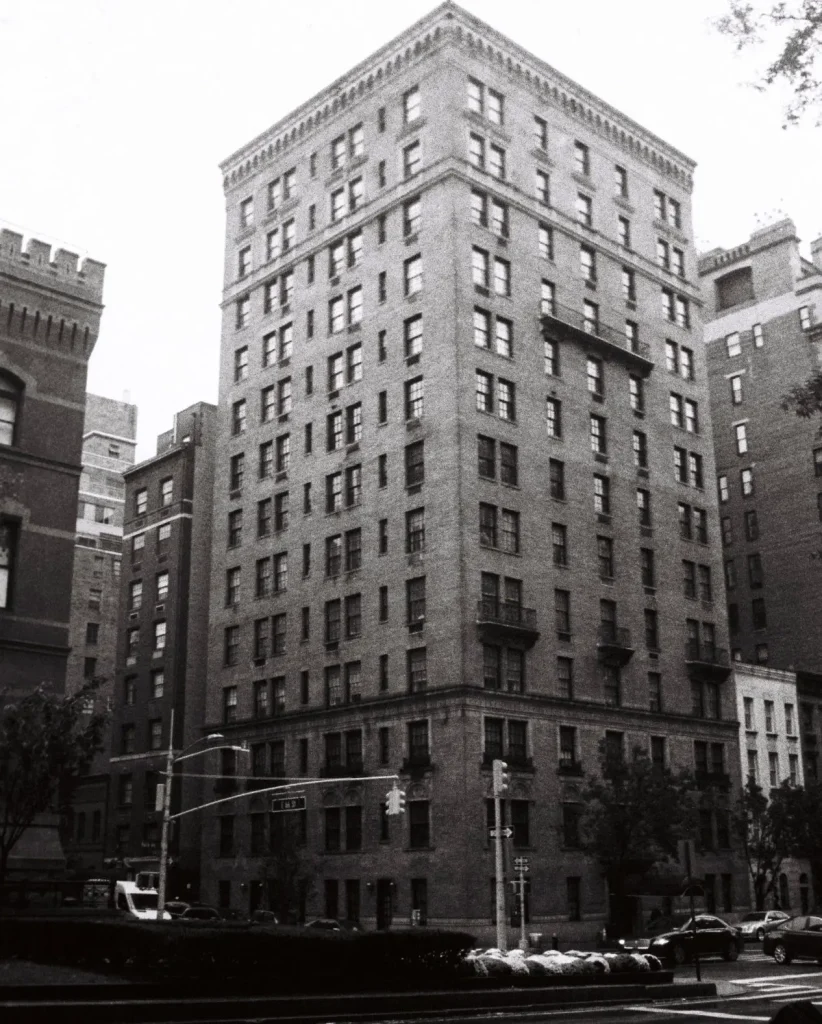
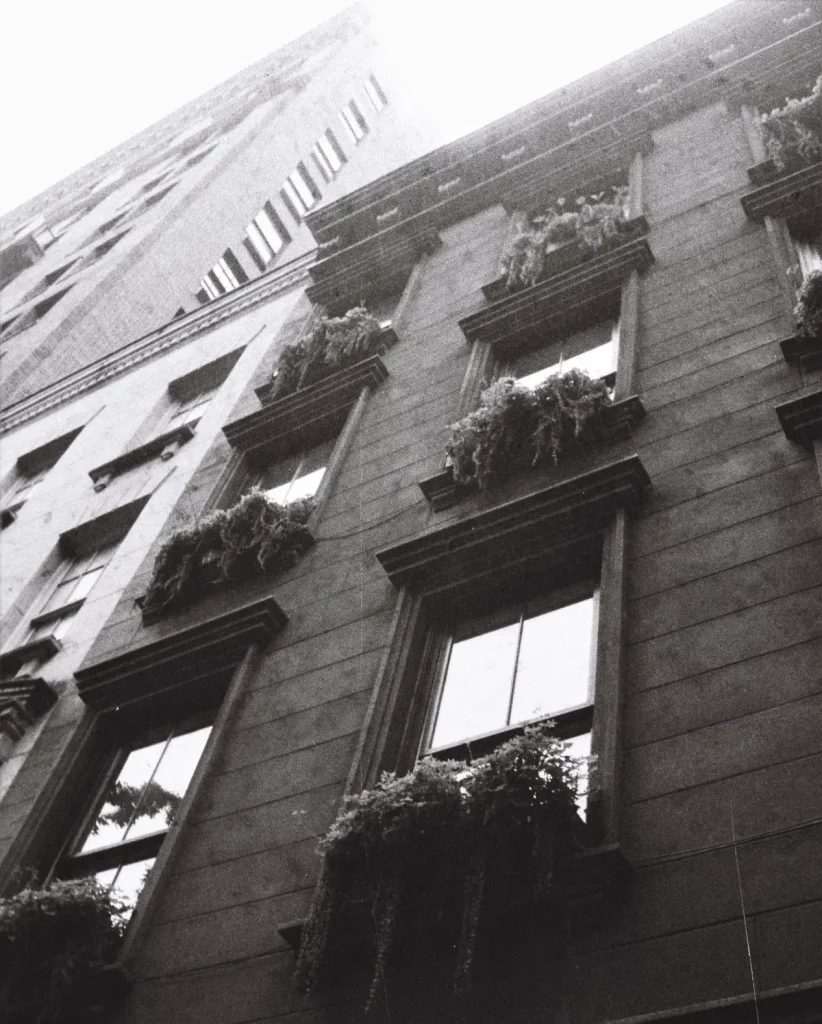
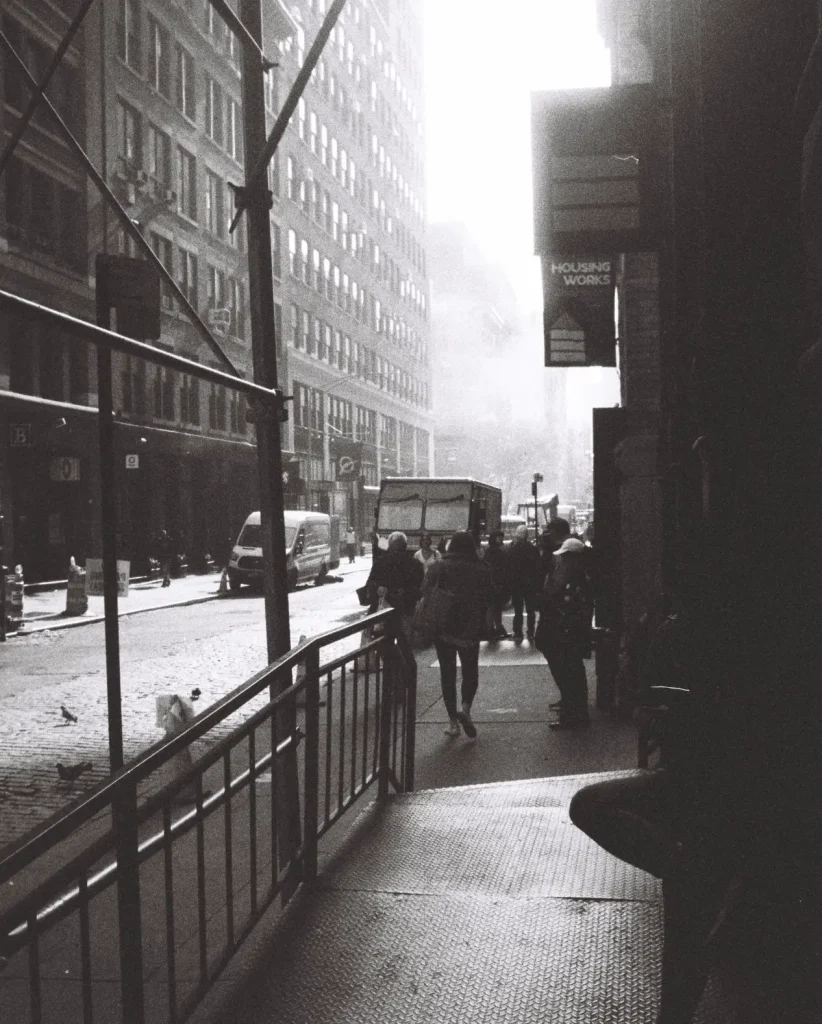
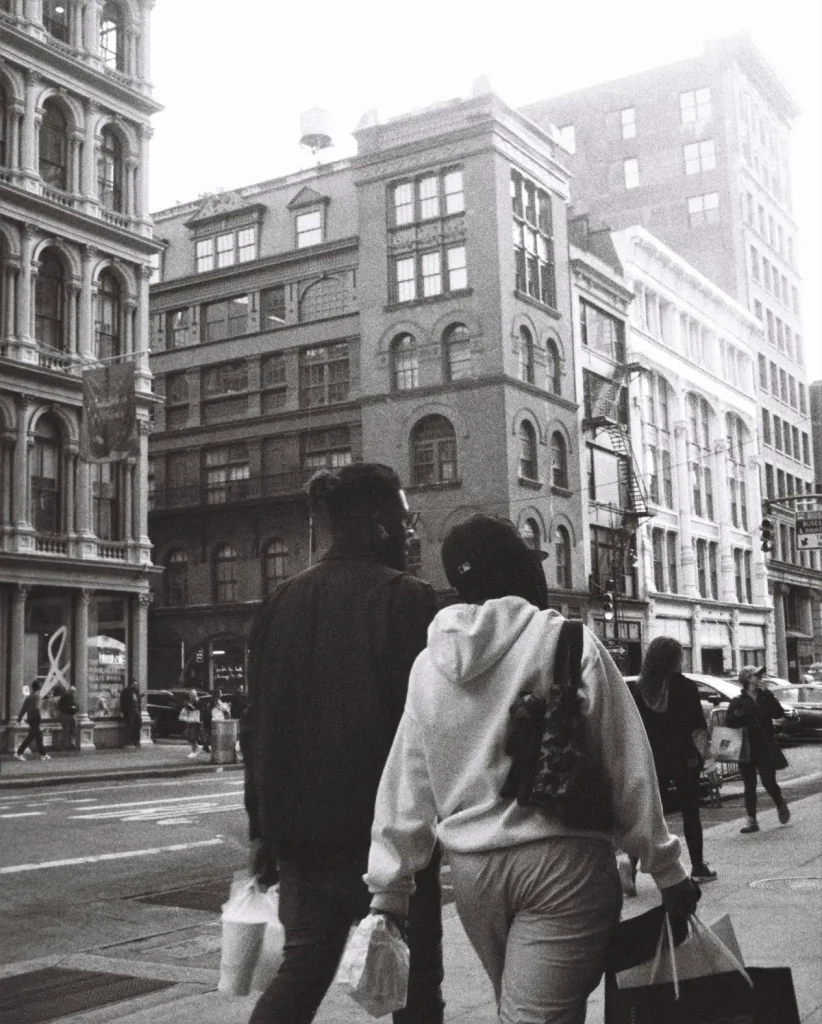
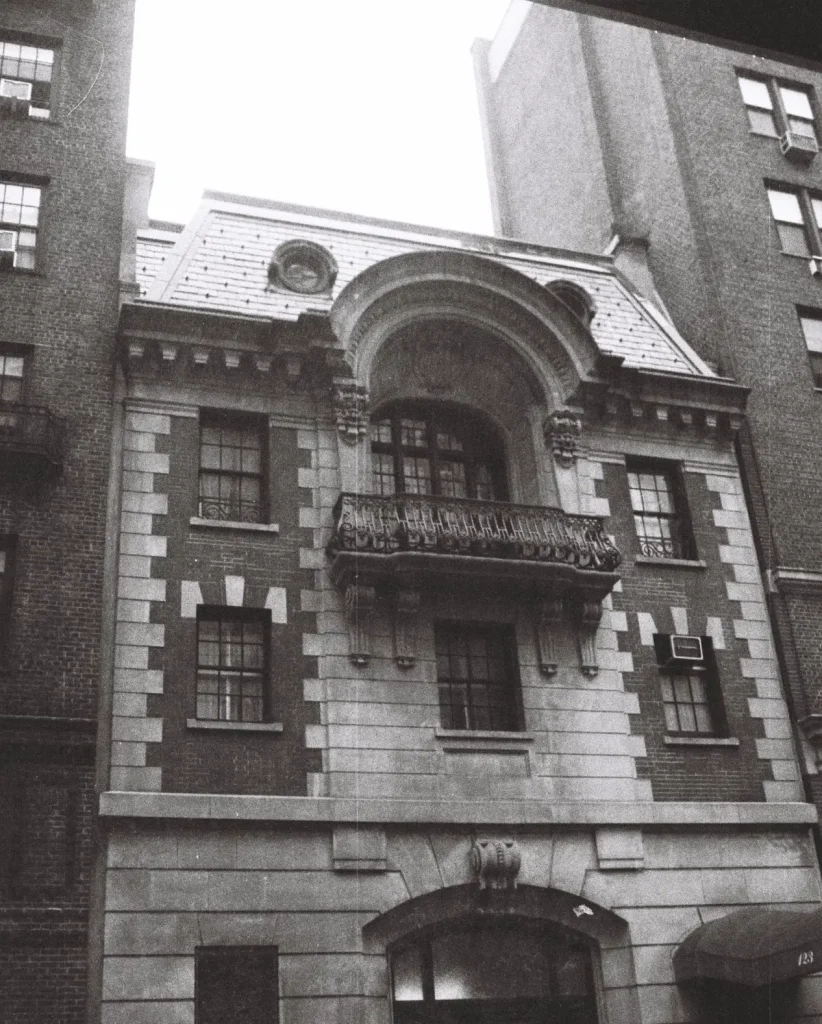
When I submitted the above, I happened to mention to Hamish that I have used the Pentax 110 lenses mounted to a Panasonic Lumix GH3. When he wrote back he suggested it might be interesting to expand the post detailing my adapting of these lenses to digital. So, here goes:
The Panasonic Lumix GH3 is the mirrorless camera I have settled into for a few reasons. As a hobbyist, the relative affordability is high on the list. However, the intuitive interface and feel of the Panasonic Micro Four Thirds cameras are both pluses. I also do shoot some video of my boys playing soccer and riding skateboards. Most of my shooting is stills, and I find the GH3 very capable.
The ability to adapt vintage lenses to mirrorless cameras is appreciated by many photographers. I have a few different adapters for various mounts, but the lens that I enjoy shooting the most is the Pentax-M 50 mm f1.4. The color rendition is better than any of the native Micro Four Thirds lenses that I own.
Inspired by the “5 Frames” NYC photos and the 18mm Auto 110 mount, I hatched a plan to capture more architecture, but this time in my own backyard. One of the shots is looking up at a square footprint building that reminded me of the Wells Fargo Bank building in Berkeley, California. The School of Architecture at University of California Berkeley was founded over a century ago and has produced a number of noteworthy alumni resulting in a neighborhood rich in some great designs.
So, off I went to shoot some of the historic Berkeley architectural landmarks with the Pentax Auto 110 mount – 18mm f2.8 lens mounted on my GH3. Recreating the simple shooting style that I enjoy with the Auto 110, and the monochrome style of the early photos in this article was what I was hoping to achieve.
Most modern digital cameras have various Jpeg conversions built in to create different photo styles in camera. The styles in the GH3 can be fine tuned with adjustments of contrast, sharpness, saturation and noise reduction. By choosing the monochrome setting, I found that the saturation adjustment can be used to warm up a black and white image slightly. As a result, my test shots resembled the shots on Fukkatsu black and white film.
Due to the current global Covid19 pandemic, we are under a Shelter in Place order, but, fortunately, we were still able to venture out for a short distance. My family had been cooped up long enough, they decided to join me. The weather was overcast, like my day of shooting in NYC.
One issue with adapting Auto 110 lenses is the lack of an aperture ring. The little Pentax camera has a clever way of handling aperture, but it is built into the camera body. This is one reason that it shoots Program Auto. So, I had to shoot on the digital camera wide open. The clouds allowed for this to work out, but they were not heavy enough to allow me to add some grain through higher ISO settings as planned.
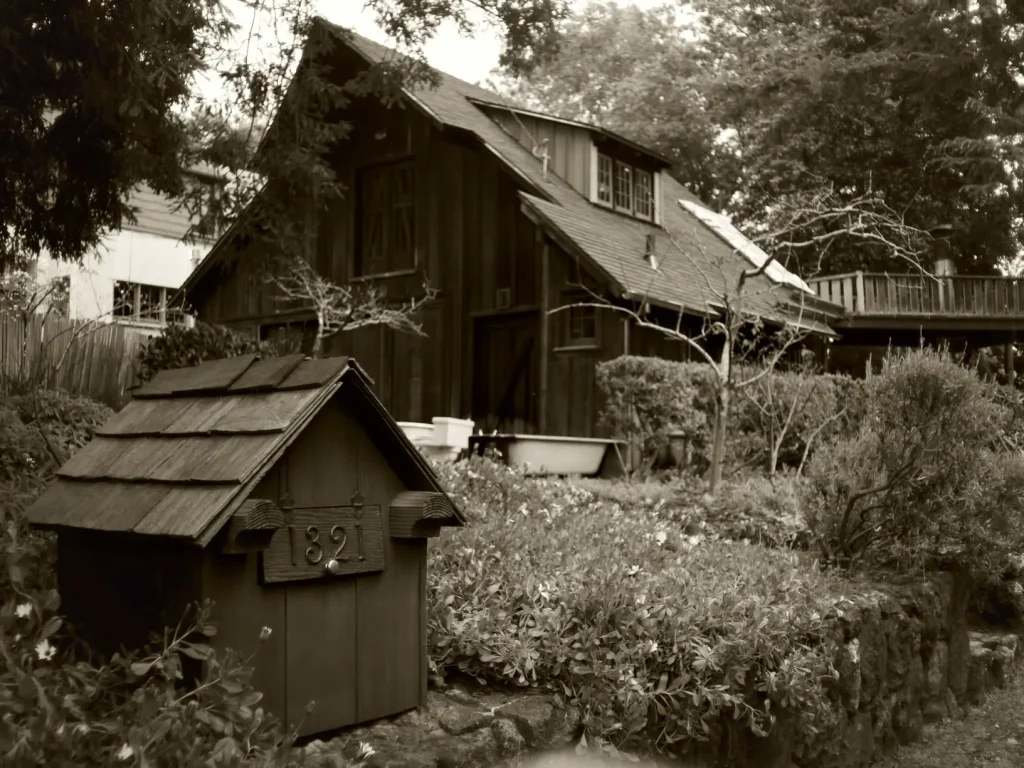
These limitations did not prove to be much of a problem. The 18 mm lens is wide enough that when shooting buildings from a distance, shallow depth of field was not an issue. Further, the natural character of the lens, the relative low resolution of the camera, and the in-camera jpeg conversion produced images that I was digging.
Given the number of buildings that I planned to shoot, I treated this second phase like a “double 5-frames.” Over that afternoon, I shot 48 total frames. The ten frames here are from ten of the structures shot that day.
Generally, I shoot RAW files with digital cameras, and enjoy editing images for color and sharpness. However, it was a pleasure to shoot a series, with only selecting and sequencing to do at the end of the day. Thanks to Hamish for suggesting that I expand the project.
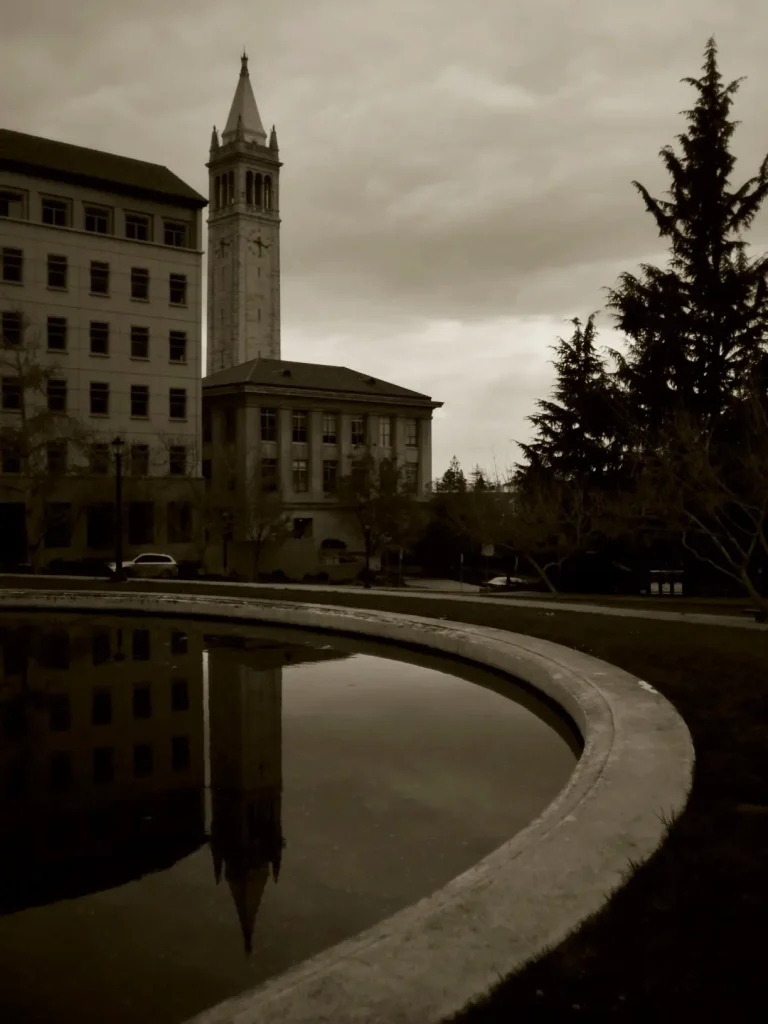
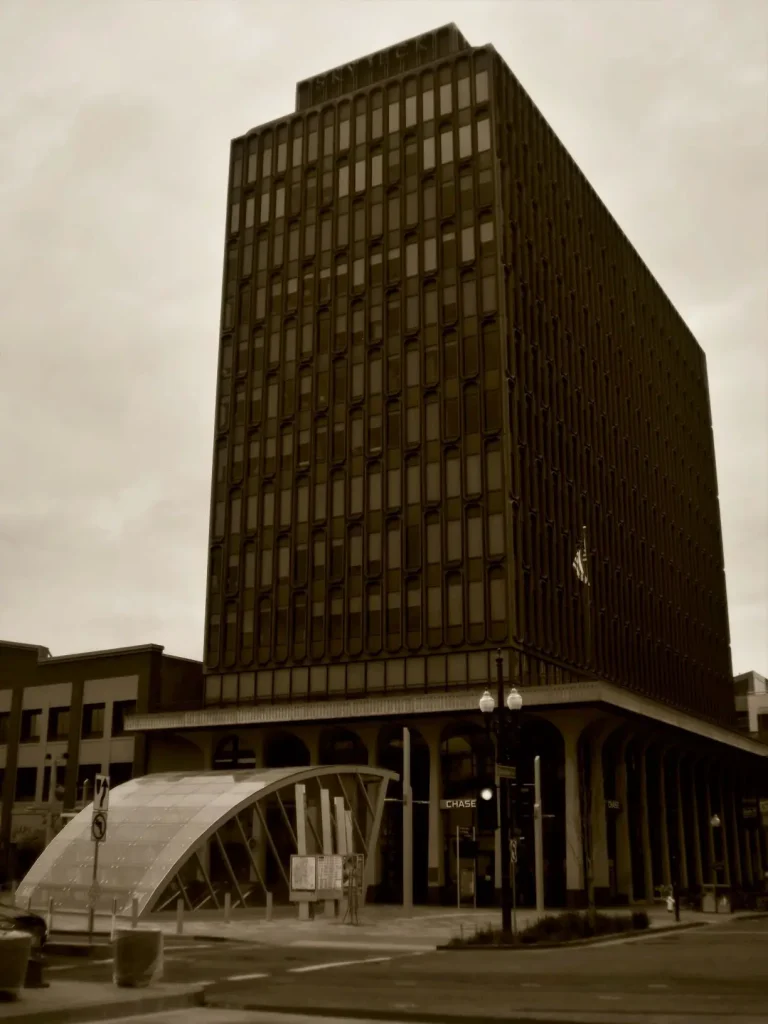
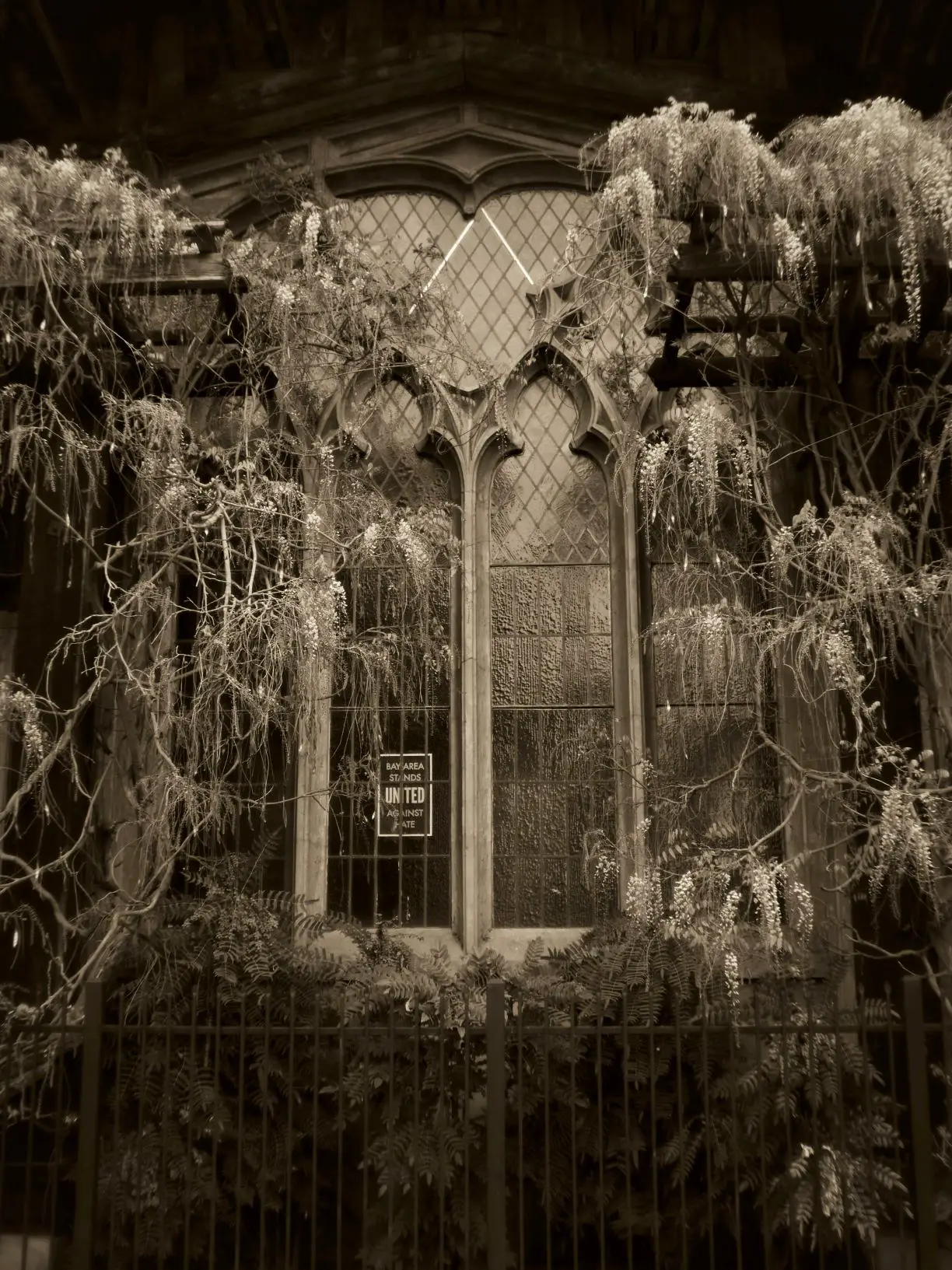
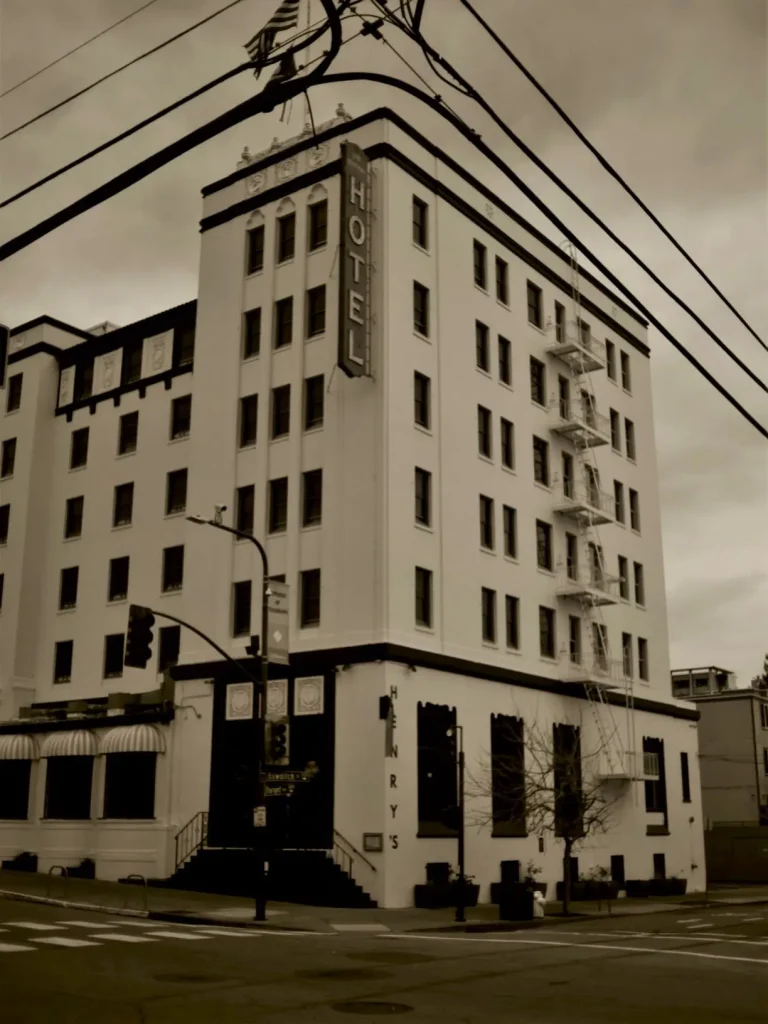
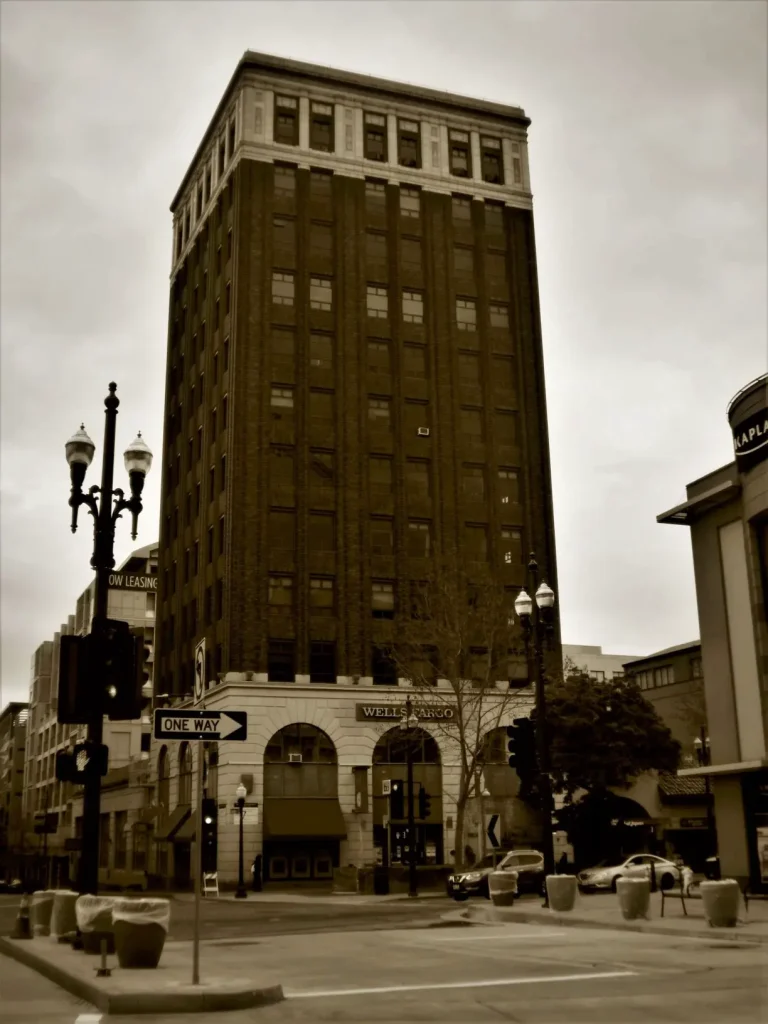
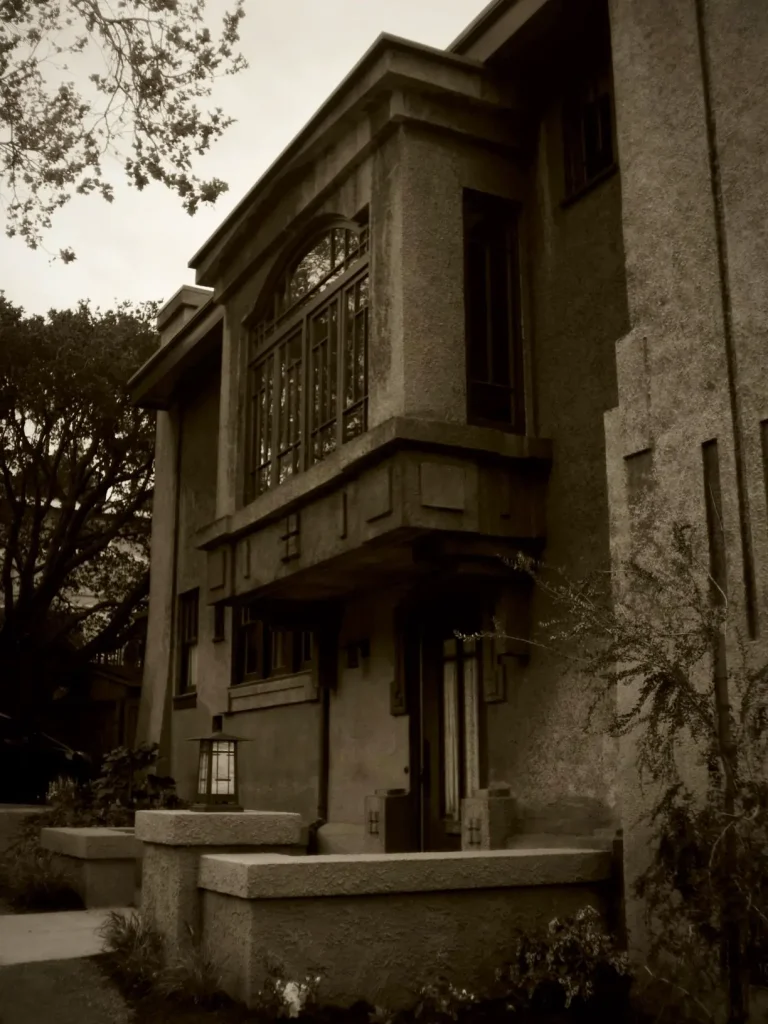
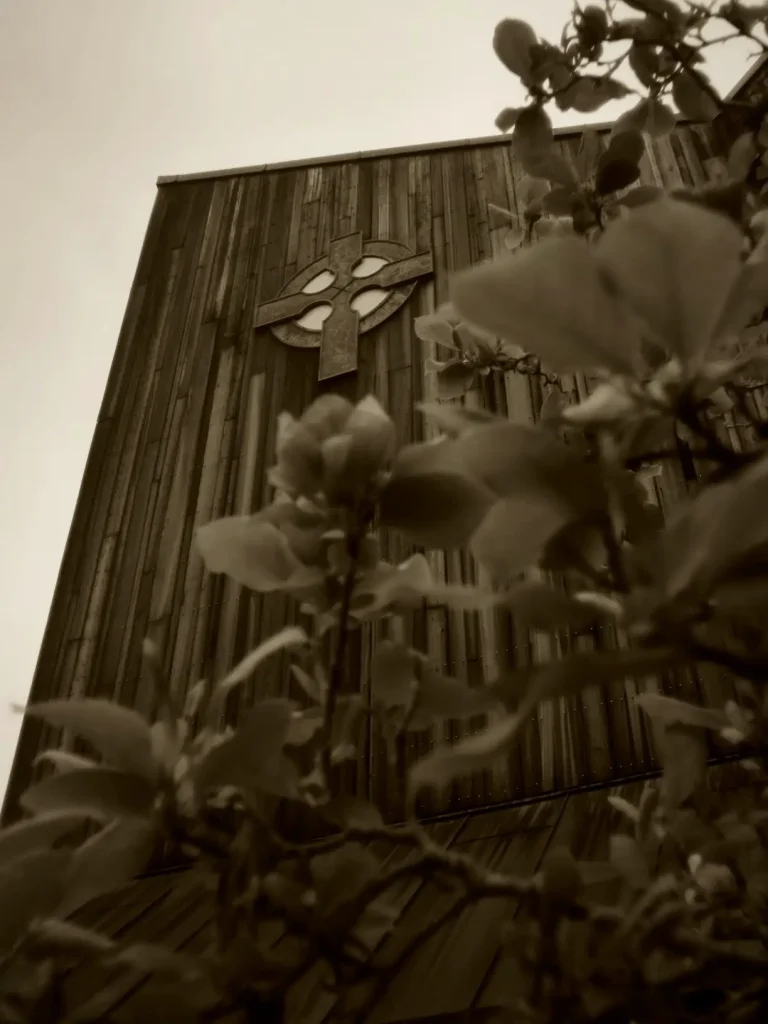
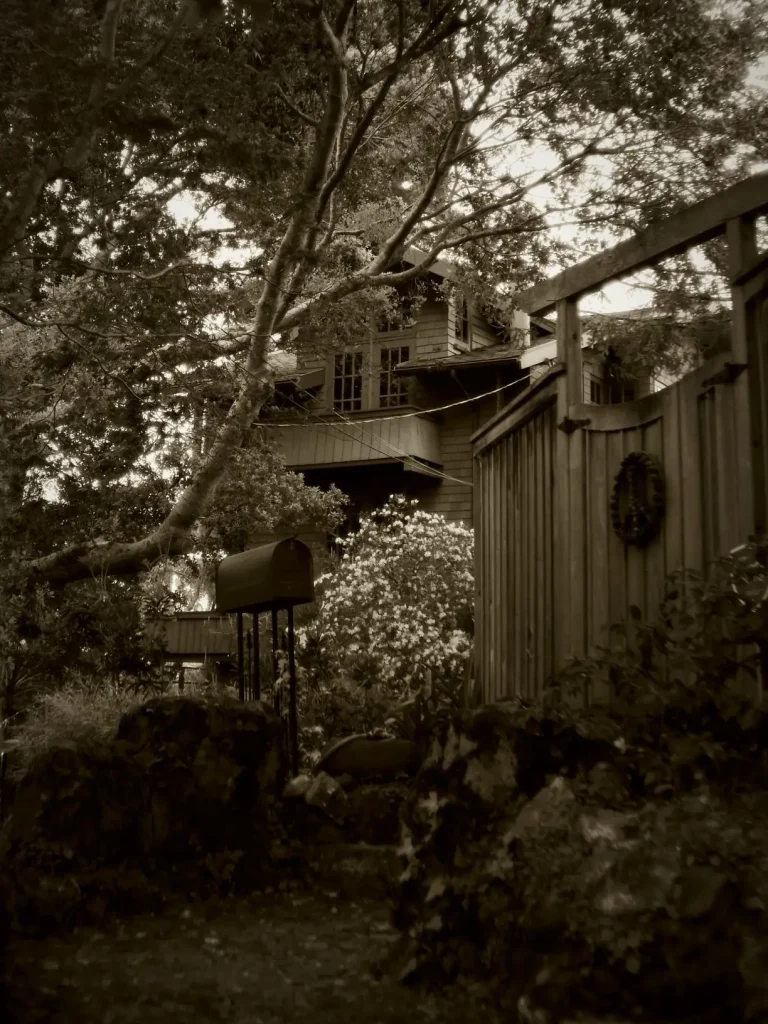
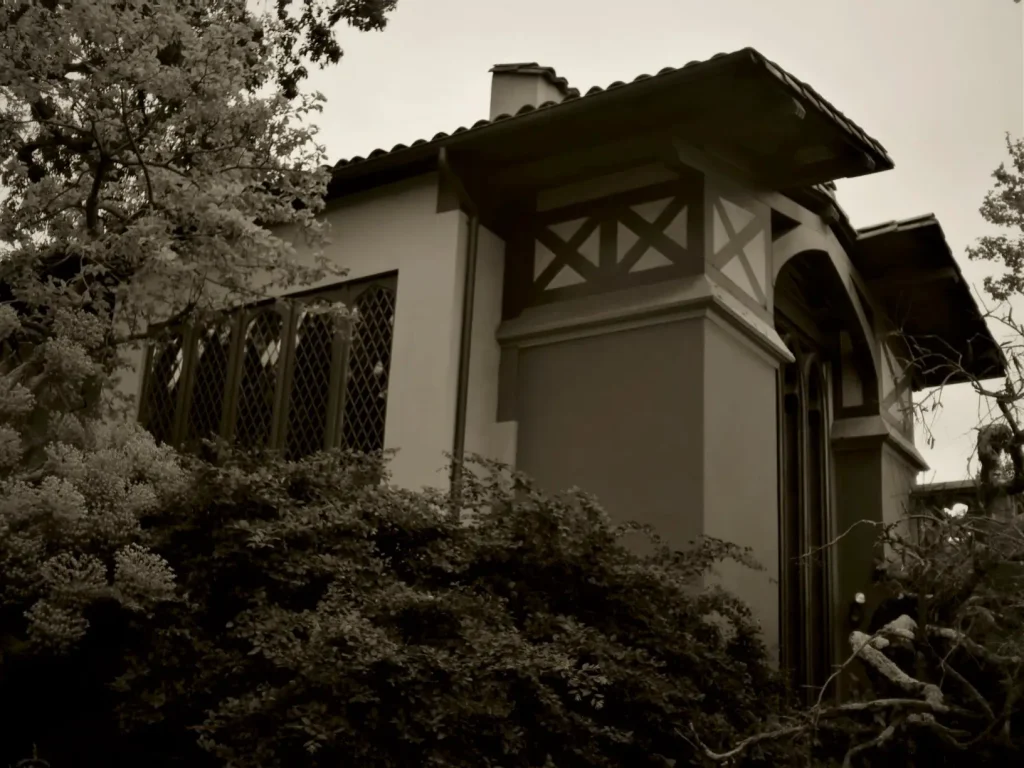
I hope that you enjoyed my first article.
You can see more of my film and digital images on instagram.com/wdn_dog/
Jason Foster
Share this post:
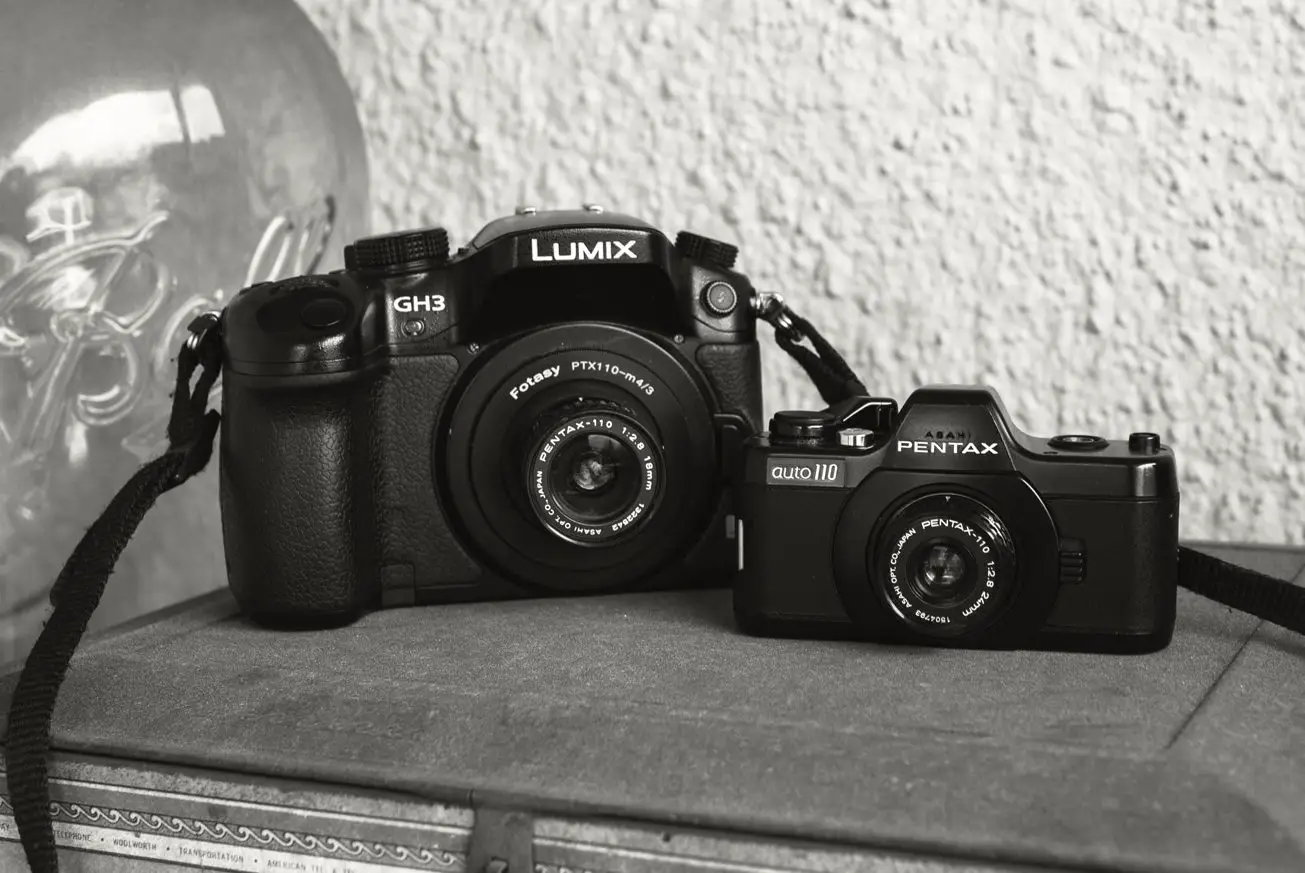








Comments
John Furlong on Shooting Pentax Auto 110 Lenses (On film and Digital) – By Jason Foster
Comment posted: 17/05/2020
Many thanks.
Comment posted: 17/05/2020
Comment posted: 17/05/2020
Rock on Shooting Pentax Auto 110 Lenses (On film and Digital) – By Jason Foster
Comment posted: 17/05/2020
Comment posted: 17/05/2020
Alan Chin on Shooting Pentax Auto 110 Lenses (On film and Digital) – By Jason Foster
Comment posted: 17/05/2020
Comment posted: 17/05/2020
Comment posted: 17/05/2020
Bent_Brent on Shooting Pentax Auto 110 Lenses (On film and Digital) – By Jason Foster
Comment posted: 18/05/2020
Comment posted: 18/05/2020